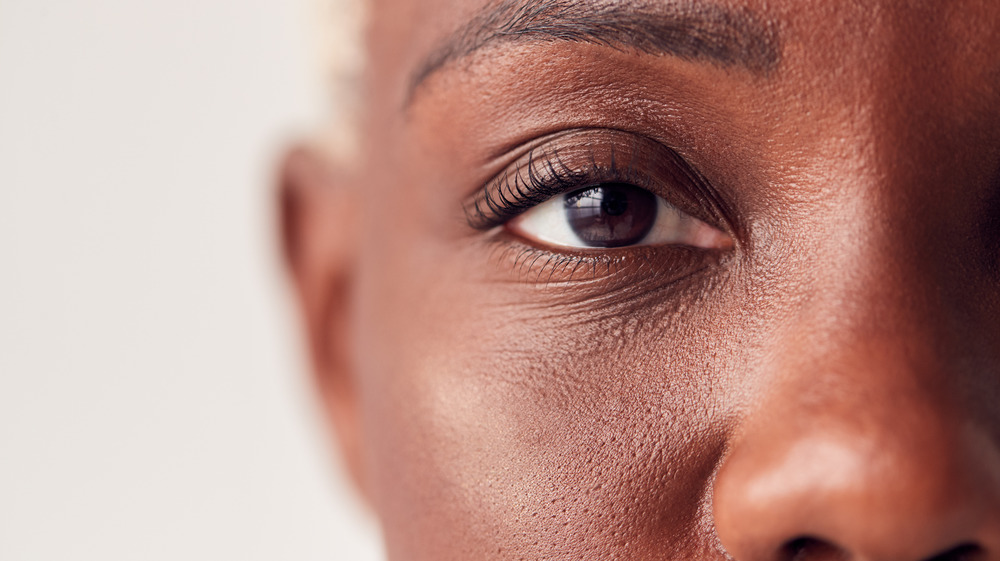What It Really Means When You Have Double Vision
Double vision, or diplopia, occurs when a person sees two images instead of one (via Harvard Health Publishing). The condition can be caused by a number of health issues, including problems in the eye, nerves, muscles, or the brain (via Stanford Health Care). There are two types of double vision: monocular diplopia and binocular diplopia.
Monocular diplopia is when double vision occurs in only one eye. It does not go away when the other eye is covered or when you look in different directions. This type of double vision can be caused by cataracts, astigmatism, problems with the cornea, a dislocated lens, dry eye, a mass or swelling in the eyelid, or issues with the retina.
Binocular diplopia is when double vision occurs in both eyes but resolves when one eye is closed (via NYU Langone Health). It is caused by a misalignment of the eyes. Conditions that affect the muscles and nerves around the eyeball that control direction and gaze can lead to binocular diplopia. These include strabismus (a misalignment that occurs in childhood), diabetes, multiple sclerosis, Graves' disease, myasthenia gravis, or trauma to the eye muscles.
How to treat double vision
Treatment for double vision will depend on the cause. Sometimes, the treatment is simple. People with astigmatism, for example, can correct diplopia by wearing special contact lenses. In other instances, as with cataracts, surgery is needed for treatment. If diplopia is caused by a neurological disease, treating the underlying disease should improve the double vision. Children with strabismus may be treated with prescription eyeglasses, prism vision therapy, or surgery. In some cases of diplopia, botulinum (Botox) may be used to relax strong eye muscles to allow weaker ones to recover.
If you have a dramatic change in vision, it's important to call your doctor right away. Infants should have their first eye exam before the age of 6 months with a follow up when they are 3 years old. Adults older than 40 should have their eyes checked every two years, even if they don't have noticeable trouble with their vision.

